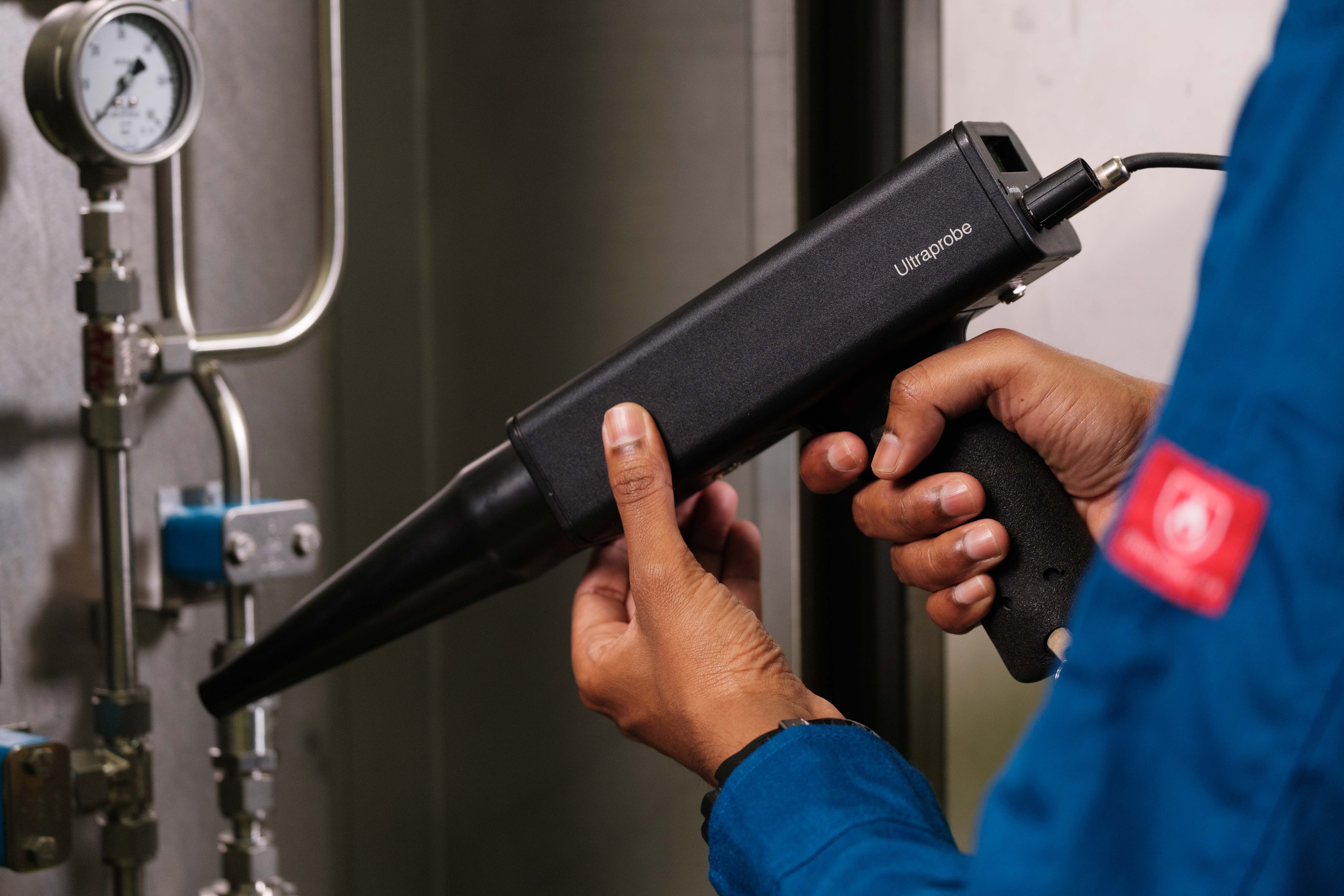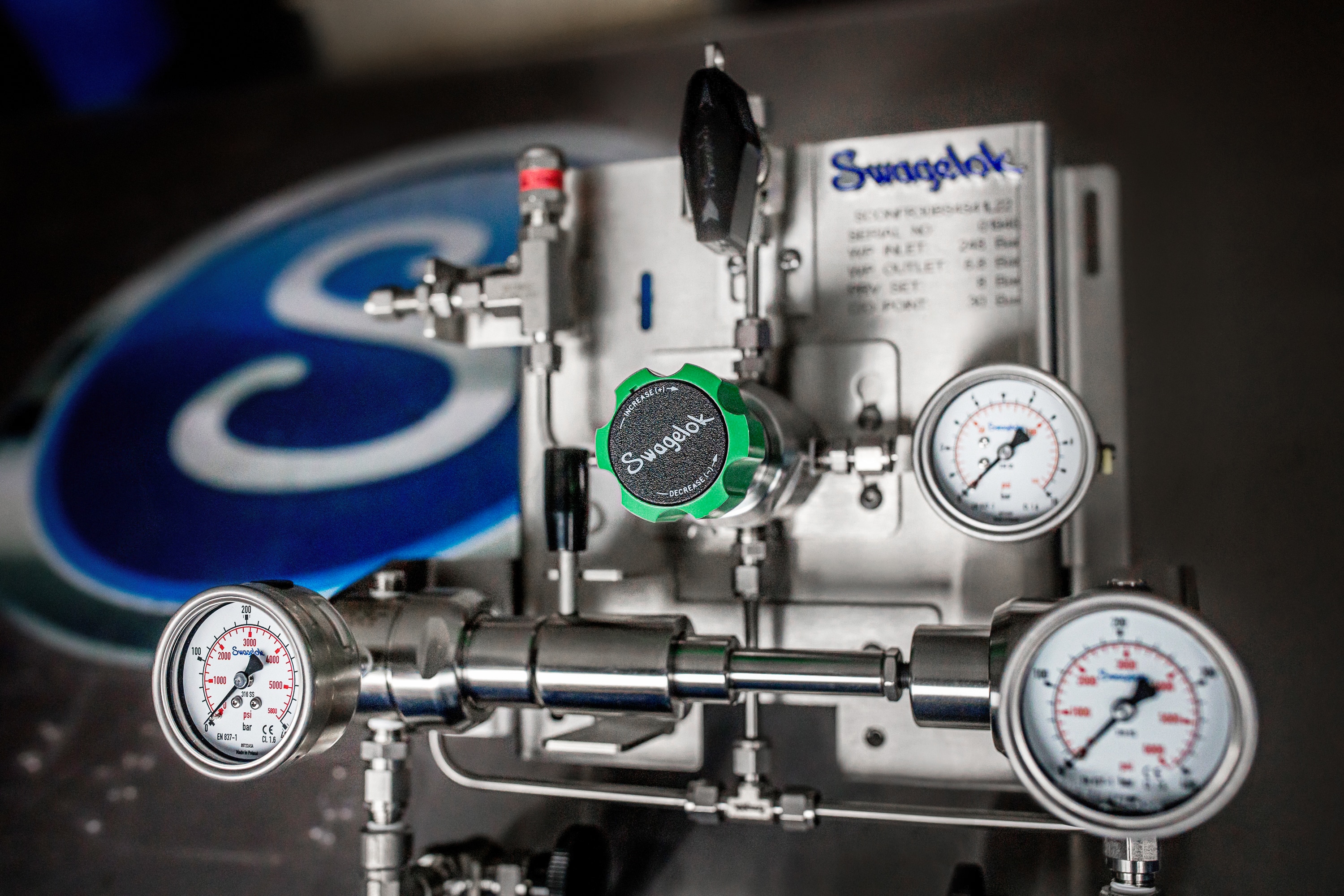How to Conduct a Comprehensive Leak Check in Industrial Settings

How to Conduct a Comprehensive Leak Check in Industrial Settings
Maintaining the integrity of fluid systems and equipment is crucial for ensuring safety, productivity, and cost-effectiveness. One of the most critical aspects of this process is conducting regular and thorough leak checks. In industrial settings, where the stakes are high, even the smallest leaks can have far-reaching consequences, from safety hazards to environmental damage and financial losses. This comprehensive guide will delve into the importance of leak checks, the common types of leaks, and a step-by-step process for conducting a thorough leak check. Additionally, it will provide insights on interpreting and analyzing the results, strategies for preventing leaks, and the benefits of regular inspections.
Why are Leak Checks Important in Industrial Settings?
Leak checks in industrial settings are vital in maintaining the overall safety, efficiency, and compliance of operations. Undetected leaks can lead to a wide range of issues, including:
- Safety Risks
Leaks can result in the release of hazardous substances, exposing workers and the surrounding environment to potential harm. This can lead to serious health and safety concerns and legal and regulatory consequences. - Environmental Impact
Industrial leaks can contribute to environmental pollution, contaminating soil, air, and water sources. This not only has ecological implications but can also result in hefty fines and penalties for non-compliance with environmental regulations. - Financial Losses
Leaks can lead to losing valuable resources, such as raw materials, energy, and finished products. This can result in significant financial implications, including increased operational costs, reduced productivity, and potential legal liabilities. - Operational Disruptions
Unaddressed leaks can cause system malfunctions, equipment failures, and unplanned downtime, leading to costly production delays and interruptions in the supply chain.
Common Types of Leaks in Industrial Settings
Industrial settings can experience a variety of leak types, each with its own unique characteristics and potential consequences. Some of the most common types of leaks include:- Pipe Leaks: Leaks in pipelines, valves, and fittings can occur due to corrosion, material fatigue, or improper installation and maintenance.
- Tank Leaks: Leaks in storage tanks, reservoirs, and containment systems can result from structural damage, seal failures, or overfilling.
- Gasket and Seal Leaks: Deterioration or improper installation of gaskets and seals can lead to leaks in equipment, flanges, and connections.
- Compressor and Pump Leaks: Leaks in compressors, pumps, and related components can occur due to wear and tear, seal failures, or improper lubrication.
- HVAC System Leaks: Leaks in heating, ventilation, and air conditioning (HVAC) systems can cause refrigerant loss and impact the system's overall efficiency.
- Fugitive Emissions: Leaks from equipment, valves, and connections can unintentionally release volatile organic compounds (VOCs) or other hazardous substances into the atmosphere.
Step-by-Step Process for Conducting a Leak Check
Performing a comprehensive leak check in an industrial setting involves a systematic approach. The following step-by-step process can be used as a guide:
Step 1: Preparation
- Review the facility's maintenance records and previous leak check reports to identify any known or recurring issues.
- Gather the necessary tools and equipment, ensuring they are in proper working condition.
- Secure the necessary permits and follow all applicable safety protocols.
Step 2: Visual Inspection
- Thoroughly inspect the entire system, including pipes, valves, flanges, seals, and connections, for any visible signs of leaks, such as stains, corrosion, or damage.
- Document any areas of concern and potential leak points for further investigation.
Step 3: Pressure Testing
- Isolate the system or equipment to be tested and depressurize it to a safe level.
- Connect the pressure testing equipment and gradually increase the pressure within the system.
- Monitor the pressure gauge for any sudden drops or fluctuations, which may indicate the presence of a leak.
Step 4: Leak Detection Techniques
- Apply leak detection fluid or solution to the suspected leak areas and observe for the formation of bubbles, which would indicate the presence of a leak.
- Use specialized leak detection instruments, such as ultrasonic detectors or gas sniffers, to scan the system and identify the precise location and severity of any leaks.
Step 5: Documentation and Reporting
- Record all observations, measurements, and findings in a detailed report, including the location, size, and nature of any identified leaks.
- Capture photographic or video evidence to support the documentation.
- Analyze the data to determine the root cause of the leaks and develop a remediation plan.
Step 6: Remediation and Verification
- Implement the necessary repairs or modifications to address the identified leaks, such as replacing gaskets, tightening connections, or upgrading equipment.
- Conduct a follow-up leak check to verify the effectiveness of the remediation efforts and ensure the system's integrity.
Interpreting and Analyzing Leak Check Results
Interpreting and analyzing the results of a leak check is a critical step in the overall process. The data and findings gathered during the inspection can provide valuable insights that inform decision-making and guide future maintenance strategies. Key considerations in the analysis include:
- Leak Severity: Assess the size, location, and nature of the identified leaks to determine their severity and potential impact on the system's performance, safety, and compliance.
- Leak Patterns: Look for any patterns or trends in the leak locations that may indicate underlying issues with the system's design, materials, or operating conditions.
- Leak Rates: Measure the rate of leakage, which can help quantify the magnitude of the problem and prioritize the necessary remediation efforts.
- Root Cause Analysis: Investigate the underlying causes of the leaks, such as material degradation, improper installation, or operational stresses, to develop effective and long-lasting solutions.
- Historical Comparisons: Compare the current leak check results with previous inspections to identify any changes or emerging trends that may require attention.
- Compliance and Regulatory Implications: Assess the leak check findings in the context of relevant industry standards, environmental regulations, and safety protocols to ensure the facility's operations remain compliant.
Prioritizing Leak Checks in Industrial Settings
Leak checks are a critical component of maintaining industrial operations' safety, efficiency, and compliance. Industrial facilities can effectively manage their leak detection and prevention efforts through a comprehensive approach that includes specialized tools and equipment, a step-by-step inspection process, and a thorough analysis of the results. Industrial facilities can further enhance their ability to maintain the integrity of their systems and operations.
Don't let leaks compromise your operations or safety. Swagelok’s specialized leak checker services use cutting-edge technology to detect and address leaks with pinpoint accuracy. Reach out today to schedule a thorough leak inspection and protect your assets.
Featured Articles

Understanding Gas Leak Detection Services: Importance and Best Practices
Discover the critical importance of gas leak detection services and learn best practices for ensuring safety. Essential insights for protecting your business.

The Safety Advantage: How Instrumentation Training Saves Lives in Hazardous Environments
Read our latest blog to learn how Swagelok instrumentation training saves lives and why it should be a priority in your operations.

Top 5 Benefits of Medium-Pressure Fittings for Critical Industrial Applications
Read our blog and learn more about the advantages of our medium-pressure fittings and why they are recommended in critical industrial applications.

Gas Panel Installation: Key Considerations for Safety and Efficiency
Explore key considerations for gas panel installation, focusing on safety and efficiency. Essential tips for ensuring a secure and effective gas system setup.

Building a Reliable Tubing System: What Really Matters
Take a look at our quick guide to building a reliable tubing system.

Lessons from History: Why Instrumentation Training Prevents Tragedies
Read more about a refinery explosion and understand how one lapse in training, instrumentation or safety practices can have devastating consequences.
